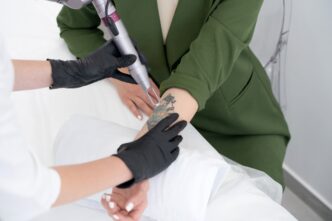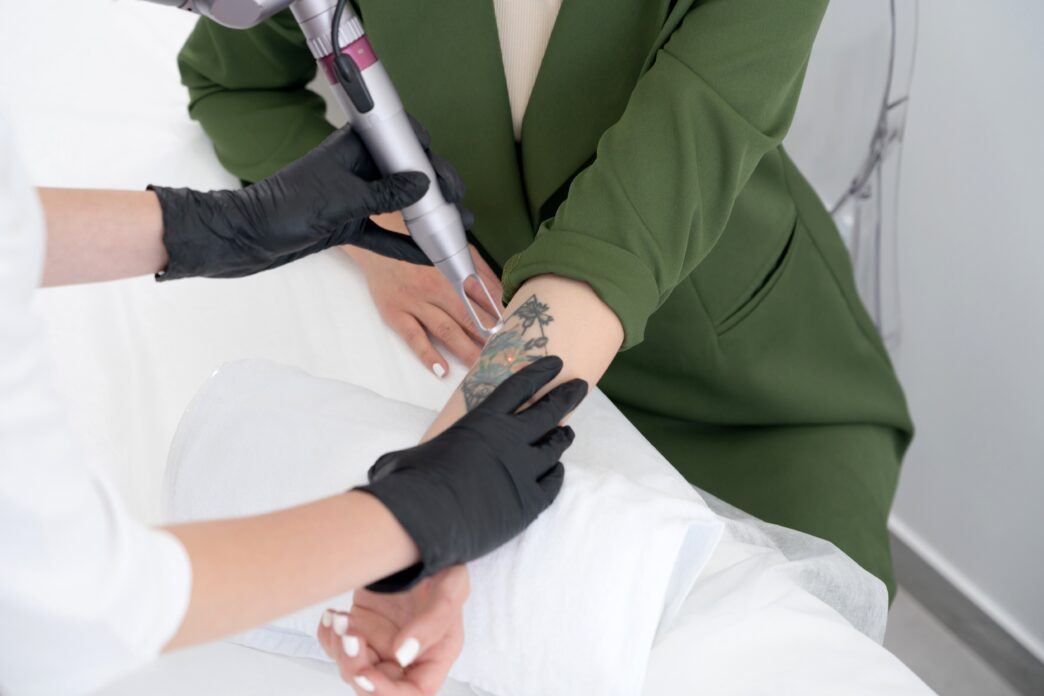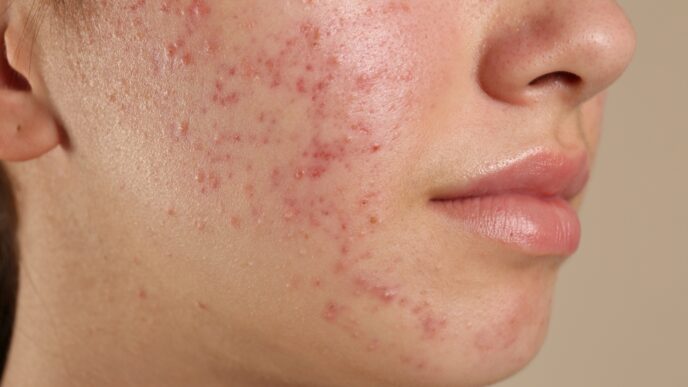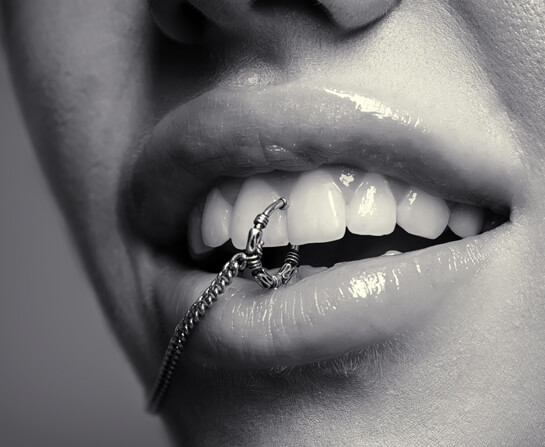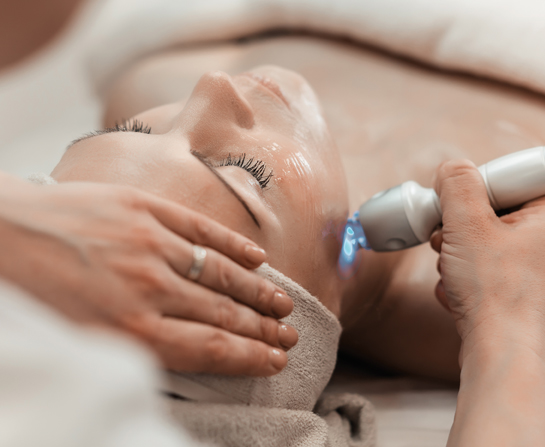Tattoos are designed to be permanent. The desire to keep a particular tattoo, however, may not be. Whether it’s because the tattoo was the result of an impulsive decision you now regret or a reminder of the past you’d rather forget, you may wish to have a tattoo or two removed. Thankfully, with laser technology, it’s certainly possible.
WORDS HANNAH MAY-LEE WONG
 FEATURED EXPERT FEATURED EXPERTDR IAN TAN Certified Medical Aesthetic Practitioner Anna Hoo Clinic |
OPTIONS FOR TATTOO REMOVAL
According to Dr Ian Tan, available options include:
- Tattoo removal cream
- Laser treatment
- Derma-abrasion
- Surgical tattoo removal
“In my opinion, the best way to remove a tattoo is via laser treatment,” he says.
“Laser treatment is generally safer than many other methods, because it is non-invasive and has been proven to be effective,” he adds.
LASER TREATMENT TO REMOVE TATTOOS
First, a Caveat
To remove a tattoo completely, application of a higher energy laser setting would be required.
Unfortunately, Dr Ian explains that this might:
- Increase risk of complications such as scarring or hypopigmentation (white patches)
- Increase the number of sessions to completely remove a tattoo
Therefore, repeated laser treatments are more likely to greatly fade or, in some cases, almost completely remove a tattoo.
How Laser Treatments Work
- During treatment, a laser machine would be used to direct high-intensity light energy onto the skin.
- This light energy targets the tattoo ink pigments that are scattered beneath the skin, causing these pigments to heat up and break into smaller pieces.
- The broken-up pigments are then removed by the body’s immune cells.
| The body’s immune cells do remove tattoo ink pigments over time. This is why tattoos often fade and lose vibrancy over the years. However, tattoo ink pigment particles are big, so this process would take a long time. Laser treatment helps to greatly speed up this process. |
Dr Ian further shares that there are many different types of laser treatments in the market.
- Nanosecond lasers are effective at breaking down larger tattoo ink pigments into smaller particles.
- Picosecond lasers can further break down these smaller particles into much finer particles, which are more easily removed by the body.
“From my experience, a combination of both the nanosecond and picosecond lasers generates far better results than using either laser on its own,” Dr Ian adds.
BLACK TATTOOS VERSUS COLOURED ONES
Dr Ian tells us that black tattoos are easier to treat, because black tattoo pigments absorb all laser wavelengths better.
Coloured tattoos are more challenging to treat.
- It’s more complicated because different laser wavelengths target different coloured pigments.
- For instance:
- The 1064nm wavelength is ideal for tattoos with dark blue and black pigments
- The 532 nm wavelength is effective for the treatment of red tattoo pigments
- The 595nm for the treatment of sky-blue tattoo pigments
- The 660nm for the treatment of green tattoo pigments
- “This means that we will need a machine capable of producing lasers at multiple wavelengths to remove a tattoo with multiple ink colours,” Dr Ian says.
HOW MANY LASER TREATMENT SESSIONS WILL ONE NEED?
- Every time a tattoo is subjected to laser treatment, the ink particles are broken down, digested, and later removed by the body’s immune system.
- This process typically takes 4 to 8 weeks.
There Will Be a Short Downtime After Each Session
“One may experience some degree of skin redness, tenderness, swelling, blistering, bruising or scabbing,” Dr Ian reveals.
These after-effects are temporary, and they usually heal after 5 to 7 days.
After each session, one is advised to:
- Keep the treated area clean and dry.
- Avoid wearing tight clothing on the treated area.
- Use sunscreen to protect the treated skin.
- Avoid exposing the treated area to direct sunlight.
- Avoid picking at any scabs or blisters (if present).
- Avoid applying makeup or other products that can potentially irritate the treated skin.
- Avoid soaking in baths, hot tubs, or pools unless the treated skin has completely healed.
Possible Side Effects to Know About
- Blistering
- Patches of skin that are darker or lighter than your overall skin tone
- Permanent changes to skin texture
- Scarring
“Unfortunately, people with darker skin tones are at higher risk of developing these complications,” adds Dr Ian.
MORE ADVICE FROM DR IAN
- Find a reputable and experienced doctor that specializes in tattoo removal.
- To remove coloured tattoos, pick a clinic that has the specialized equipment to produce laser with multiple wavelengths for the removal of such tattoos.
| This article is part of a series that take a scientifically proven look at aesthetics and beauty. |

